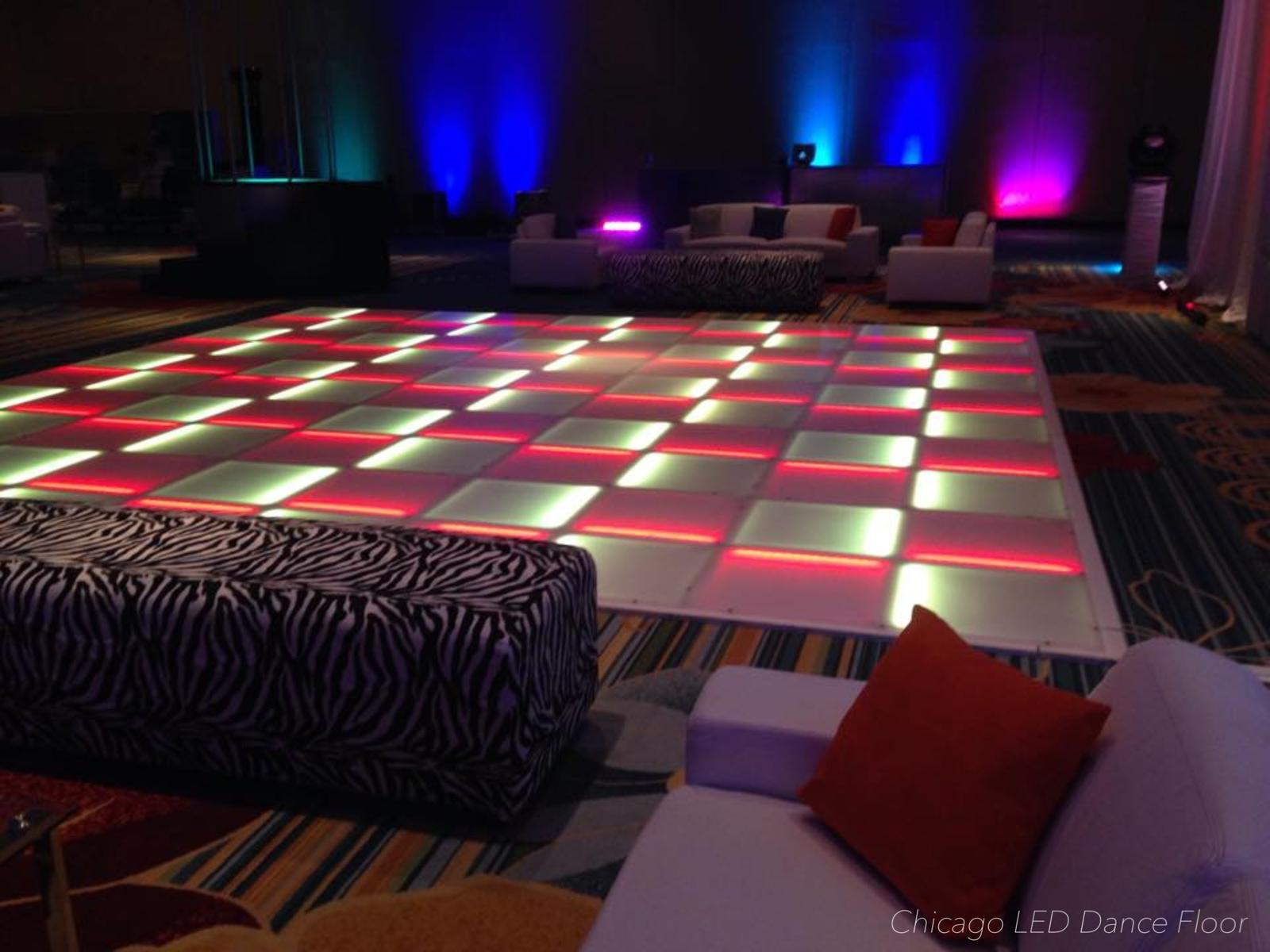Exploring the Versatile Substances That Convert Dance Surfaces into Stunning Visual Displays
Exploring the Versatile Substances That Convert Dance Surfaces into Stunning Visual Displays
Blog Article
Dance surfaces have evolved significantly over the decades, transforming more than just a place to dance to melodies. Today, they are transformed into stunning aesthetic encounters through the use of various substances and techniques. These substances not only enhance the visual appeal of the area but also enhance the overall experience for dancers and audiences alike. Understanding the versatile substances that add to these dynamic environments can provide understanding into the art of performance floor creation.
One of the most common materials used in modern dance floors is LED lighting. Light-emitting diode lamps are power-saving and can produce a wide range of colors and impacts. They can be integrated in the floor directly or used as part of a illumination system above the dance floor. This technology allows for coordinated light shows that can change in response to the music, creating an immersive experience. The ability to configure these lights means that they can be customized to match different concepts or atmospheres, making each occasion distinct.
Another important material is reflective materials, such as mirrors or shiny tiles. These surfaces can create an deception of area and depth, making the dance floor seem larger than it actually is. When performers move, their reflections can add an additional layer of visual interest, enhancing the complete performance. Additionally, reflective surfaces can interact with lighting impacts, amplifying the colors and patterns displayed on the floor. This combination of light and mirroring can captivate spectators and elevate the energy of like this the occasion.
In furthermore to lighting and mirror-like substances, the use of digital screens has become progressively popular in dance floor design. These screens can show lively images, animations, or even real-time feeds of the show. By incorporating digital innovation, event organizers can create a comprehensive encounter that engages both the dancers and the spectators. The capability to change visuals in actual time allows for a dynamic atmosphere that can adjust to the rhythm and energy of the melodies, making each instance feel fresh and exciting.
Additionally, the selection of flooring material itself plays a key role in the complete encounter. Classic wooden dance floors are still favored for their strength and functional qualities. However, more modern substances like synthetic and rubber are gaining favor due to their flexibility and ease of maintenance. These materials can provide superior impact absorption, reducing the risk of harm for performers. Additionally, they can be designed with multiple textures and colors, allowing for artistic expression in the dance floor's look.
In conclusion, the transformation of dance floors into stunning visual encounters relies on a mix of innovative materials and techniques. Light-emitting diode lighting, reflective materials, electronic screens, and specialized flooring materials all add to creating an captivating environment for performers and audiences. As technology continues to progress, the opportunities for enhancing dance floor creation will only expand, making future occasions even more captivating and memorable. Comprehending these substances helps appreciate the craftsmanship involved in creating environments where movement and music come together harmoniously in unison.